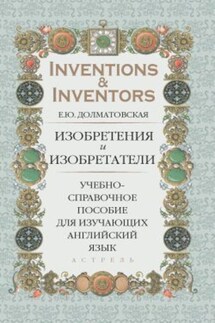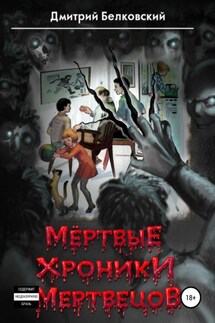Изобретения и изобретатели. Учебно-справочное пособие для изучающих английский язык - страница 5
(telephon)e set (телефонный) аппарат
analog-to-digital conversion преобразование аналоговой формы в цифровую
anti-sidetone circuit характеристика местного эффекта
call-number identification определение номеров входящих звонков
dialer номеронабиратель
hardware аппаратное обеспечение
microcircuitry микросхемы
receiver телефонная трубка
reception прием (звонка)
redialing повторный набор номера
ringer звонок
switch hook рычажный переключатель телефона
transmission передача
transmitter микрофон
wire провод
operate управлять, контролировать
pull тянуть, натягивать
transmit передавать
apply применять
faint слабый, нечеткий
transferrable передаваемый
Exercises
Complete the table using information from the text.
a. Write a few paragraphs (one or three) about the inventions you have read about. Use the table above as a support.
b. Answer (in written) the question: “What kind of telephone do you use at home?”
a. Describe (orally) a telephone that you wish someone could invent for you.
b. If you think you could invent a new type of a telephone yourself say how.
1.7 WORLD WIDE WEB
Tim Berners-Lee invented the World Wide Web. His first version of the Web was a program named “Enquire”. At the time, Berners-Lee was working at the European Particle Physics Laboratory located in Geneva, Switzerland. He invented the system as a way of sharing scientific data (and other information) around the world, using the Internet, a world-wide network of computers, and hypertext documents. He wrote the language HTML (HyperText Mark-up Language), the basic language for the Web, and devised URL’s (universal resource locators) to designate the location of each web page. HTTP (HyperText Transfer Protocol) was his set of rules for linking to pages on the Web. After he wrote the first browser in 1990, the World Wide Web was up and going. Its growth was (and still is) phenomenal, and has changed the world, making information more accessible than ever before in history. Berners-Lee is now a Principal Research Scientist at the Laboratory for Computer Science at the MIT (Massachusetts Institute of Technology, in Cambridge, Massachusett, USA) and the Director of the W3 Consortium. which develops and maintains these and other standards that enable computers on the Web to effectively store and communicate different forms of information
At its core, the Web is made up of three standards:
1. the Uniform Resource Identifier (URI), which is a universal system for used for referring to resources (such as documents and images on the Internet) such as Web pages;
2. the HyperText Transfer Protocol (HTTP), which specifies how the browser and server communicate with each other; HyperText Transfer Protocol (HTTP) is the method used to transfer or convey information on the World Wide Web;
3. the HyperText Markup Language (HTML), used to define the structure and content of hypertext documents. ‘HyperText Markup Language’ (HTML) is a markup language designed for the creation of web pages with hypertext and other information to be displayed in a web browser.
The World Wide Web is the combination of four basic ideas:
• hypertext, that is the ability, in a computer environment, to move from one part of a document to another or from one document to another through internal connections among these documents;


